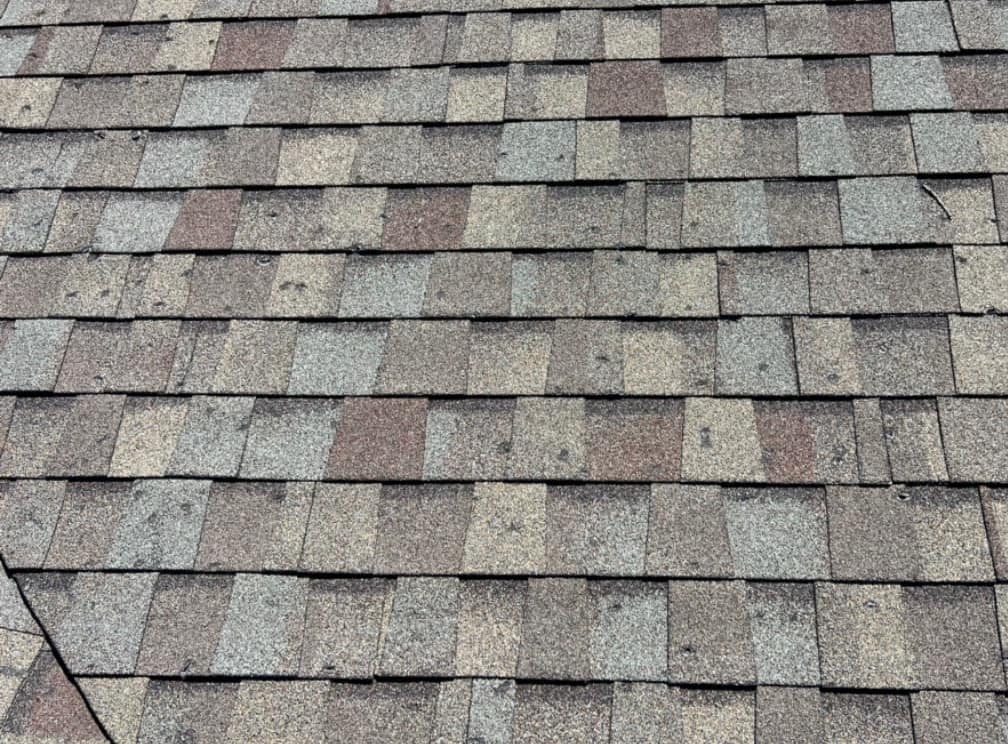Hailstorms can be a homeowner’s nightmare, especially when it comes to the roof. The impact of hail can range from minor cosmetic issues to severe structural damage, making it crucial to understand the potential effects on your roof.
How Hail Causes Damage
When hailstones fall, they can vary in size, with larger stones being particularly destructive. Here’s how they can affect different roofing materials:
Asphalt Shingles: Hail can cause granule loss, which diminishes the shingles’ ability to protect against UV rays and weather. In severe cases, it can lead to cracks and leaks.
Metal Roofs: While metal roofs are generally more durable, large hail can dent the surface, compromising the roof’s integrity and potentially leading to rust or leaks over time.
Flat Roofs: Hail can puncture membranes, causing water to infiltrate the structure, which can lead to significant damage if not addressed.
Signs of Hail Damage
After a hailstorm, it’s essential to inspect your roof for signs of damage. Look for:
Missing or loose shingles
Dents or dimples on metal roofs
Cracked or broken tiles
Granule accumulation in gutters
The Importance of Timely Repairs
Ignoring hail damage can lead to more severe issues, such as water damage, mold growth, and structural problems. If you suspect your roof has been compromised, it’s crucial to contact a professional roofer for a thorough inspection and necessary repairs.
Conclusion
Hail damage can significantly impact your roof’s longevity and effectiveness. Regular inspections, especially after severe weather, can help you catch problems early and protect your home. Prioritize roof maintenance to ensure your home remains safe and secure, no matter the weather.

